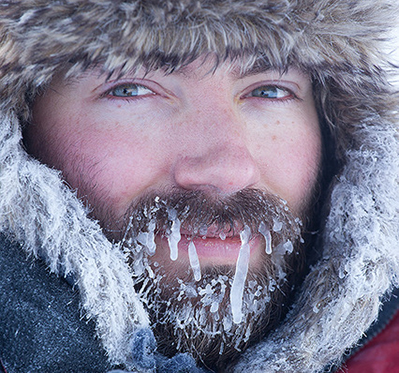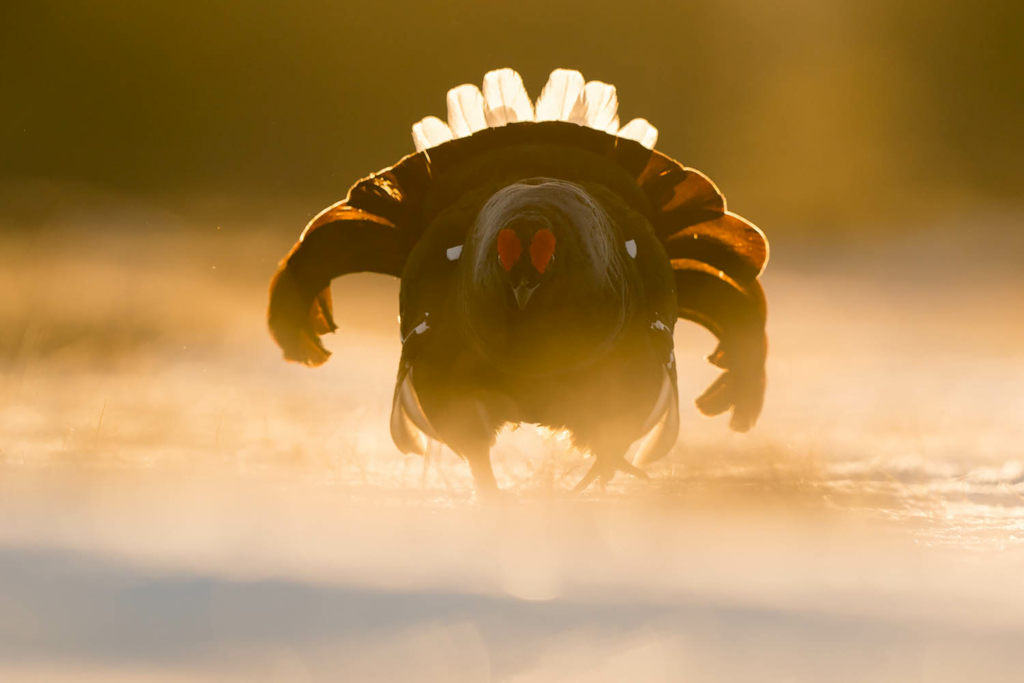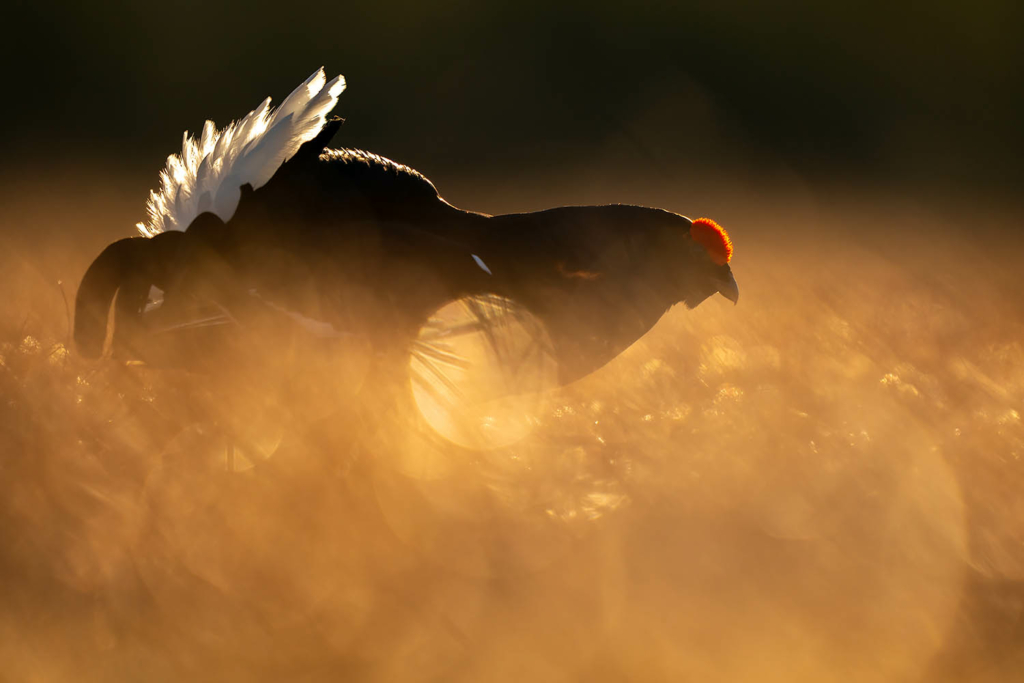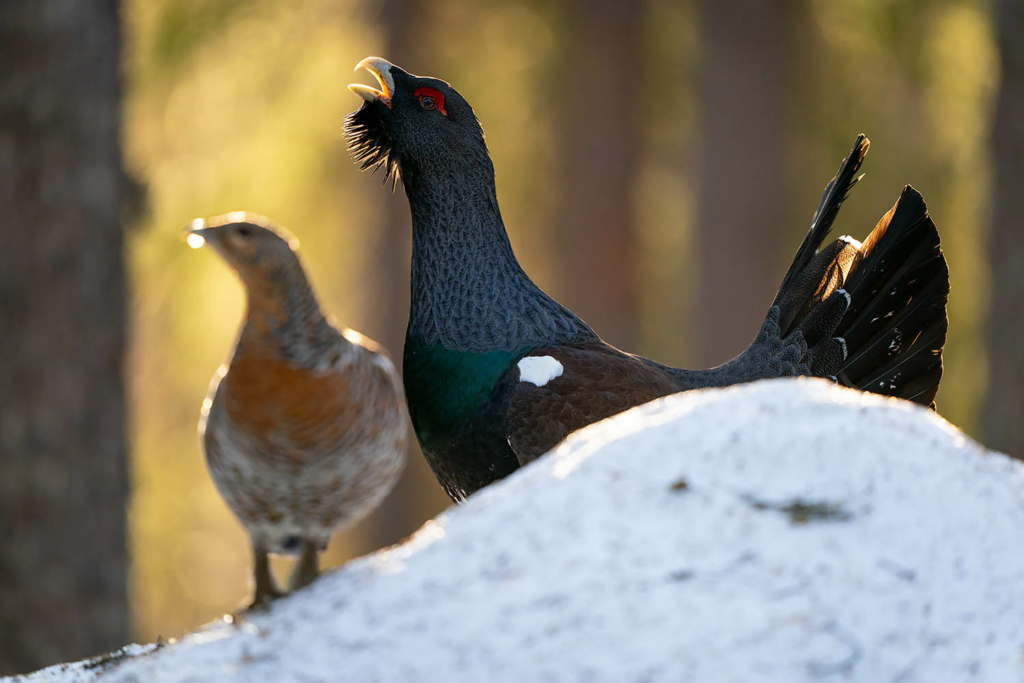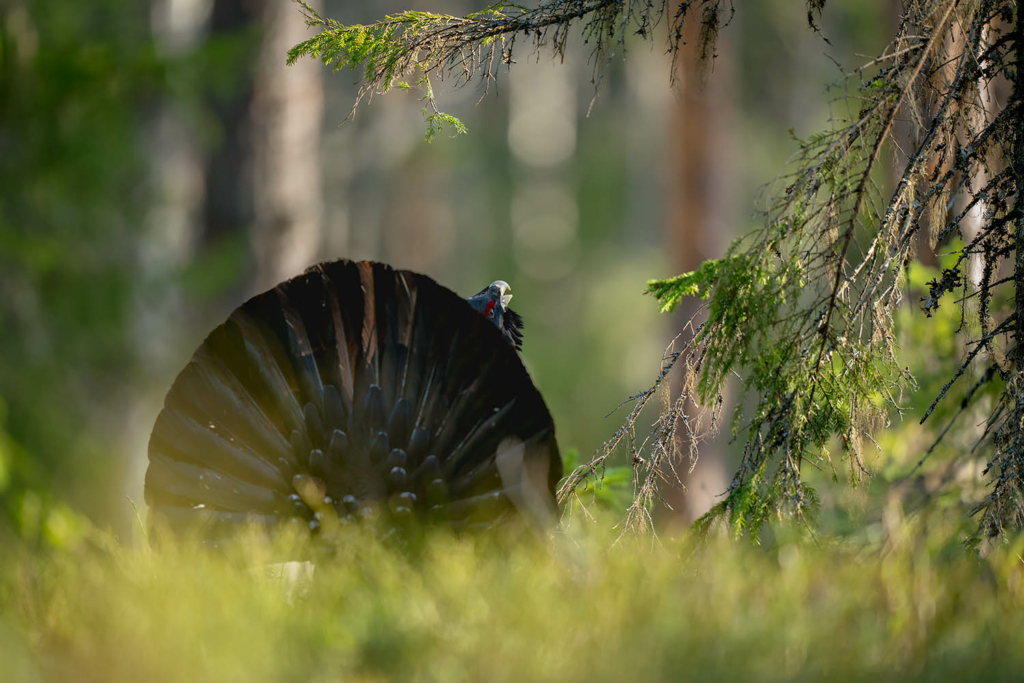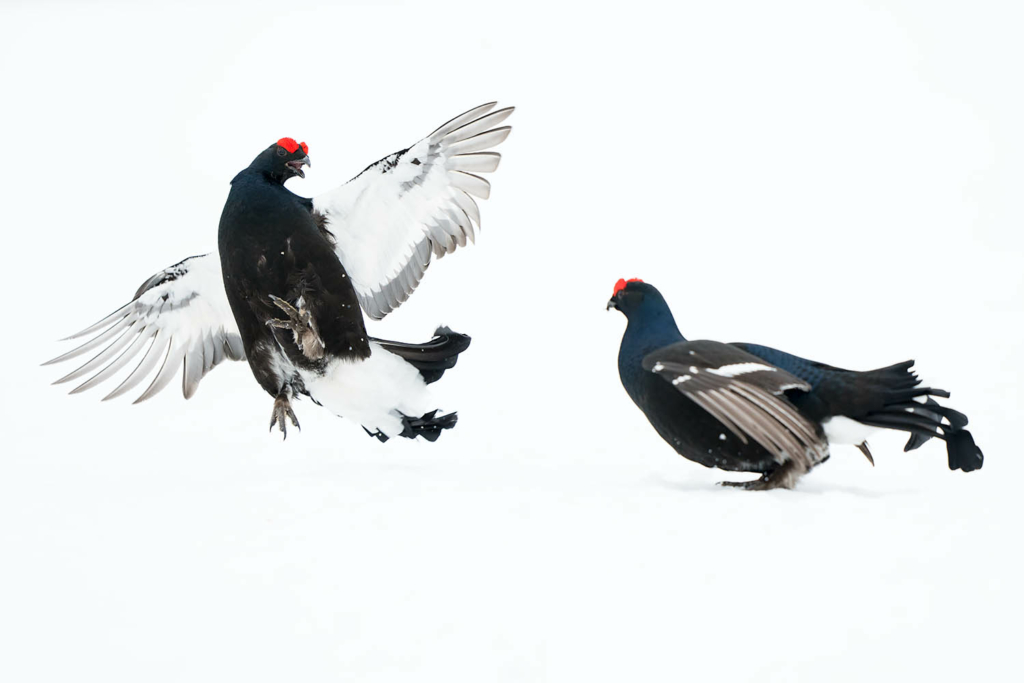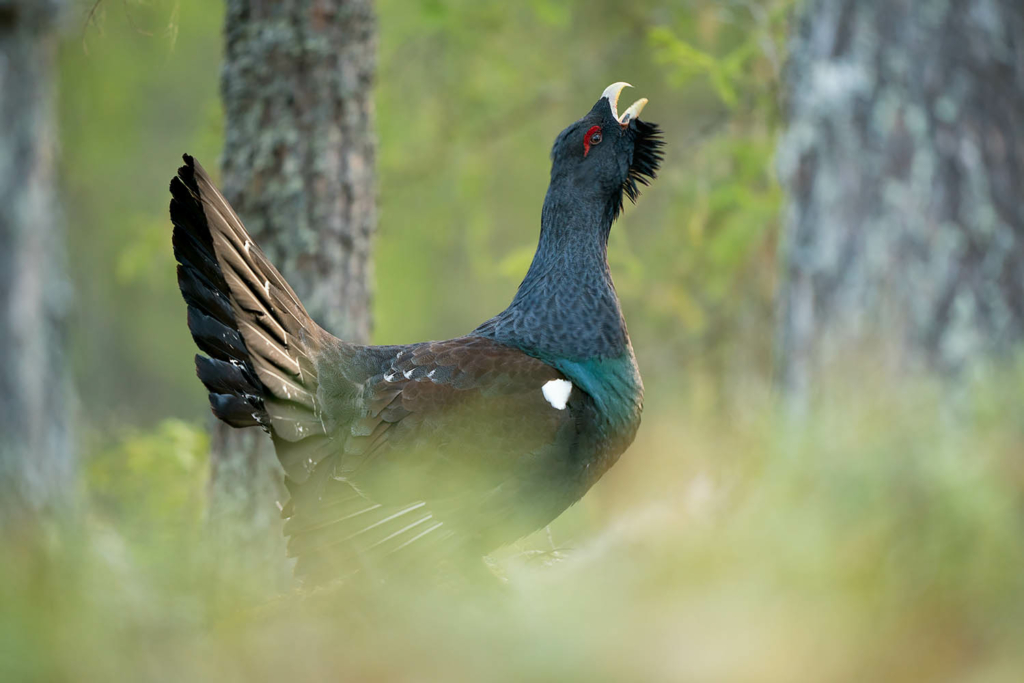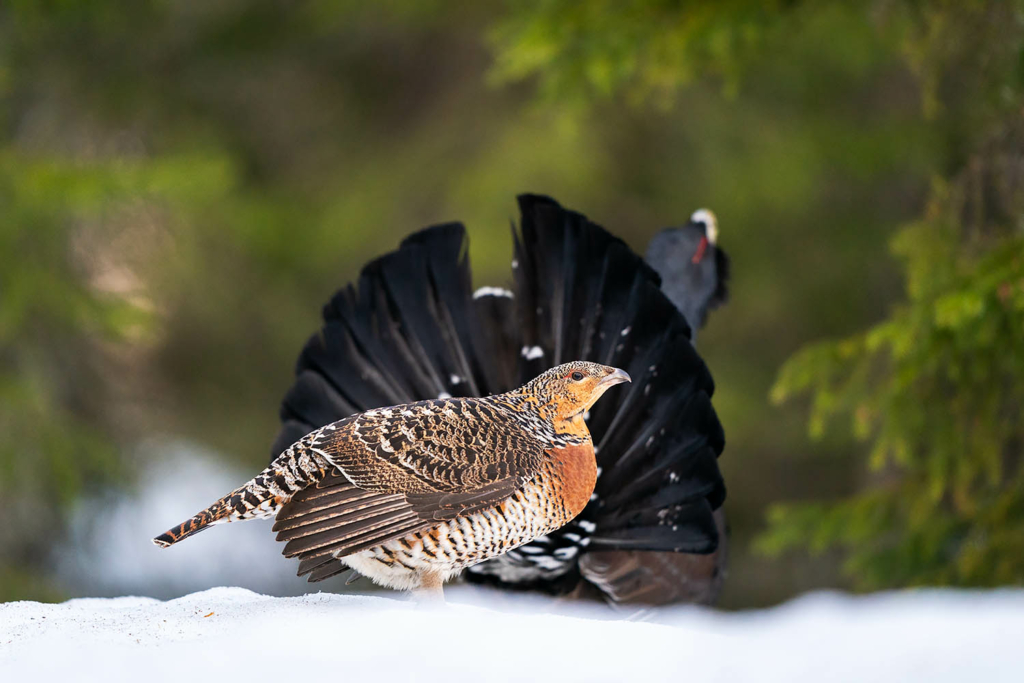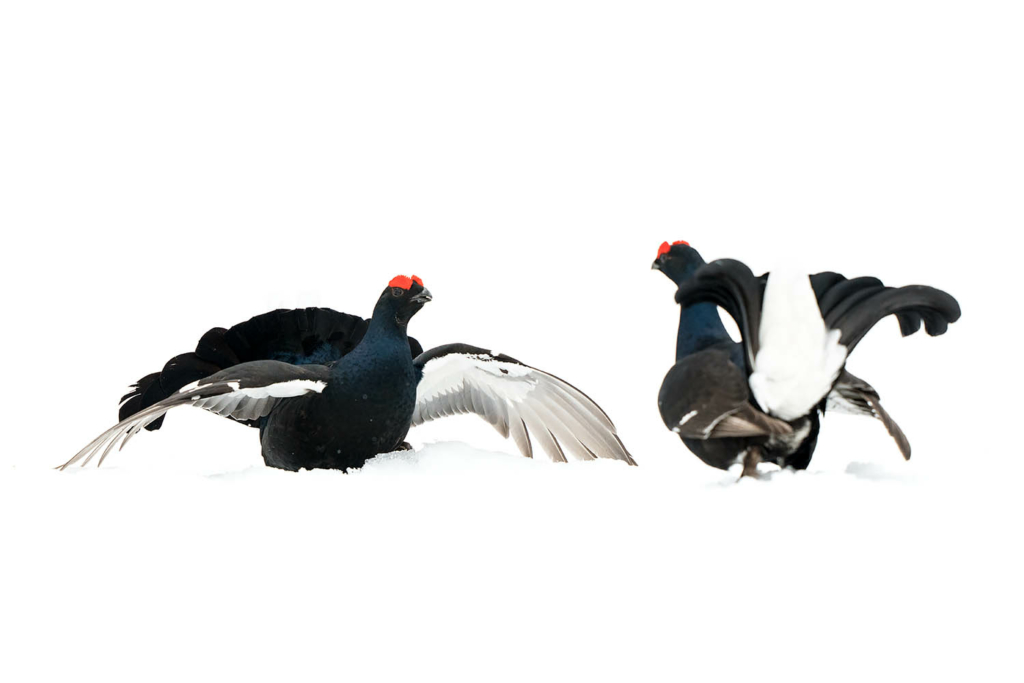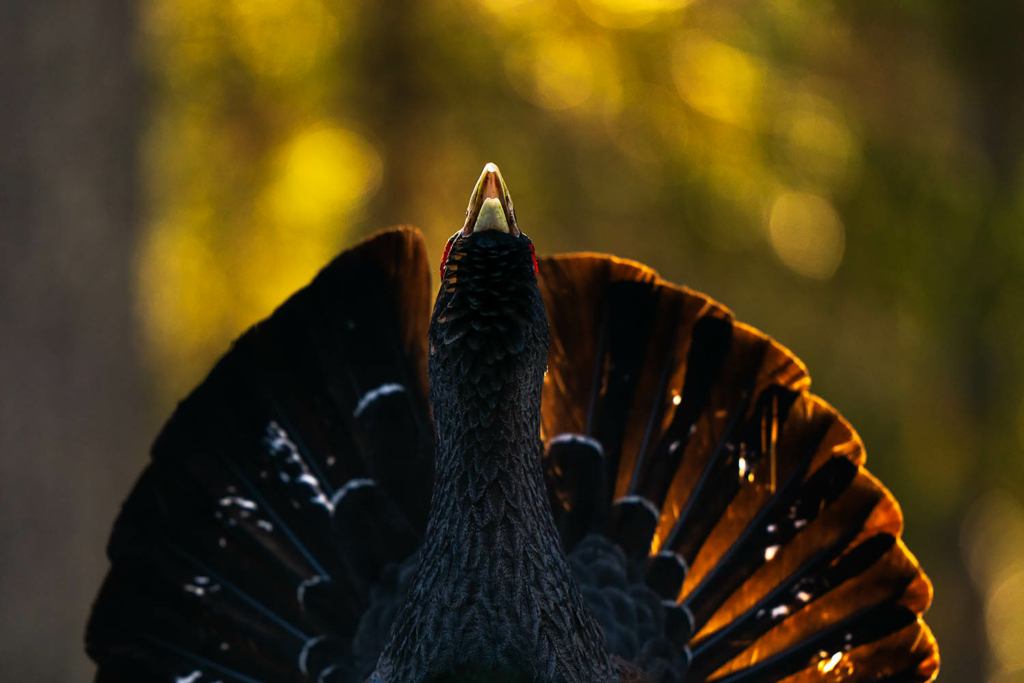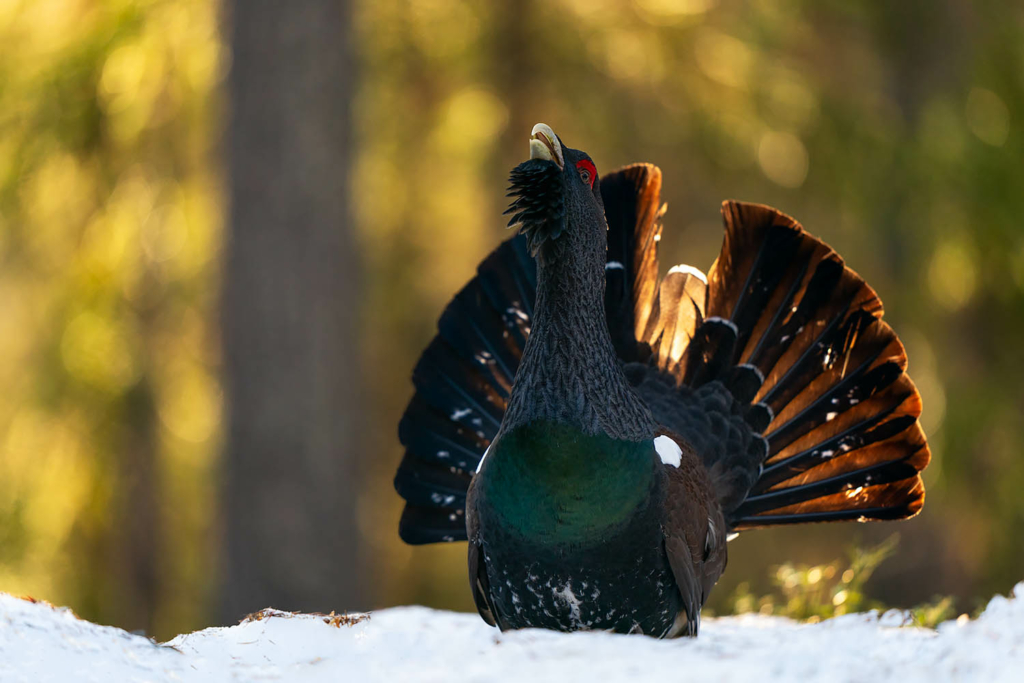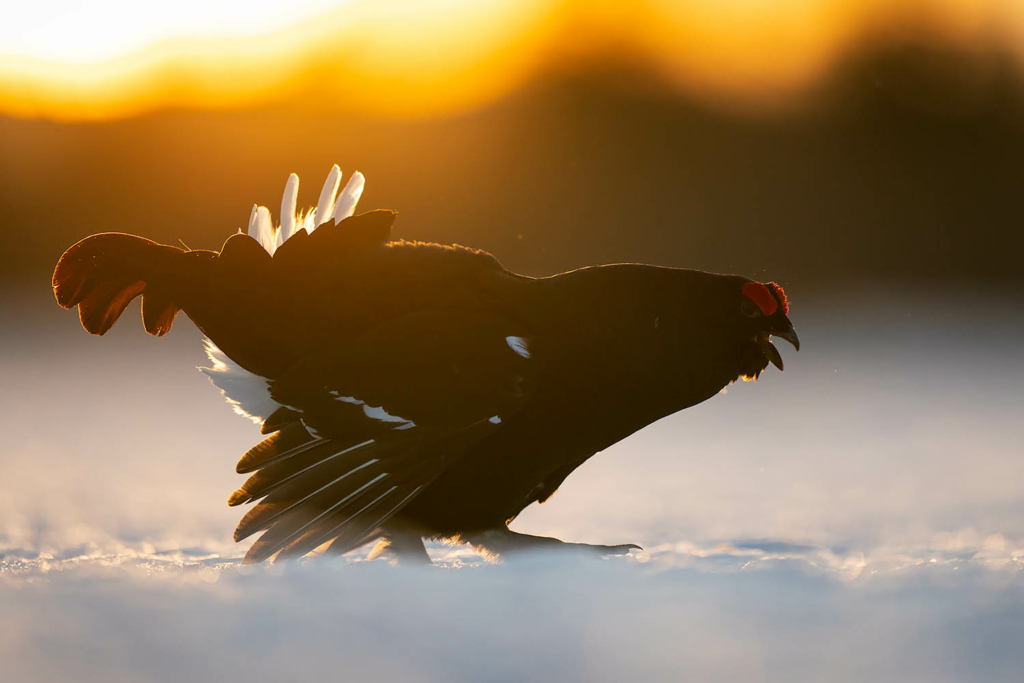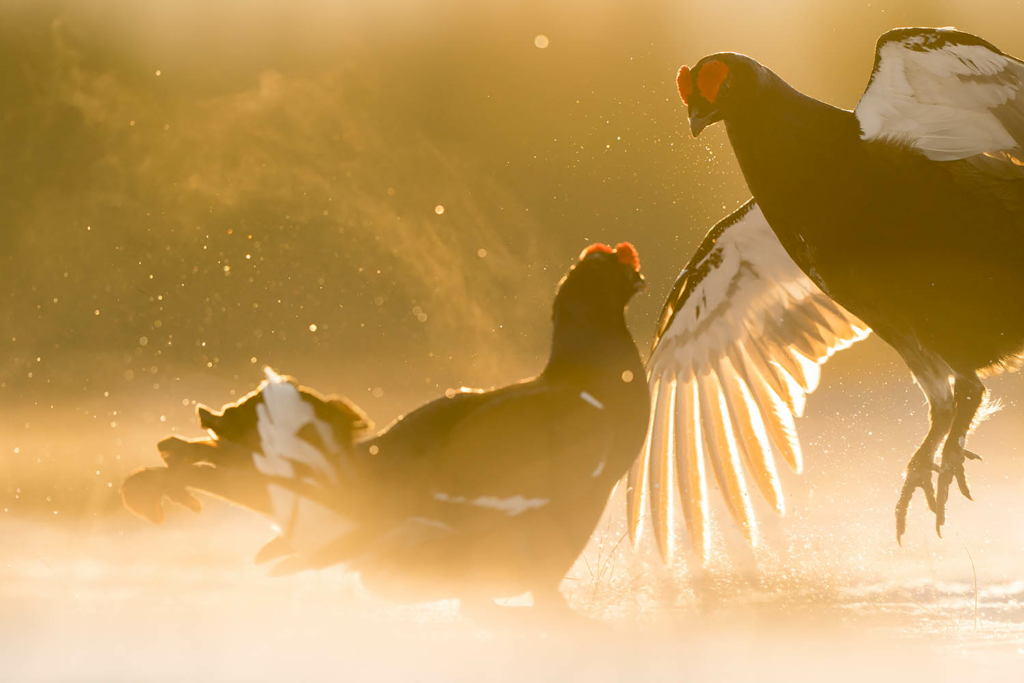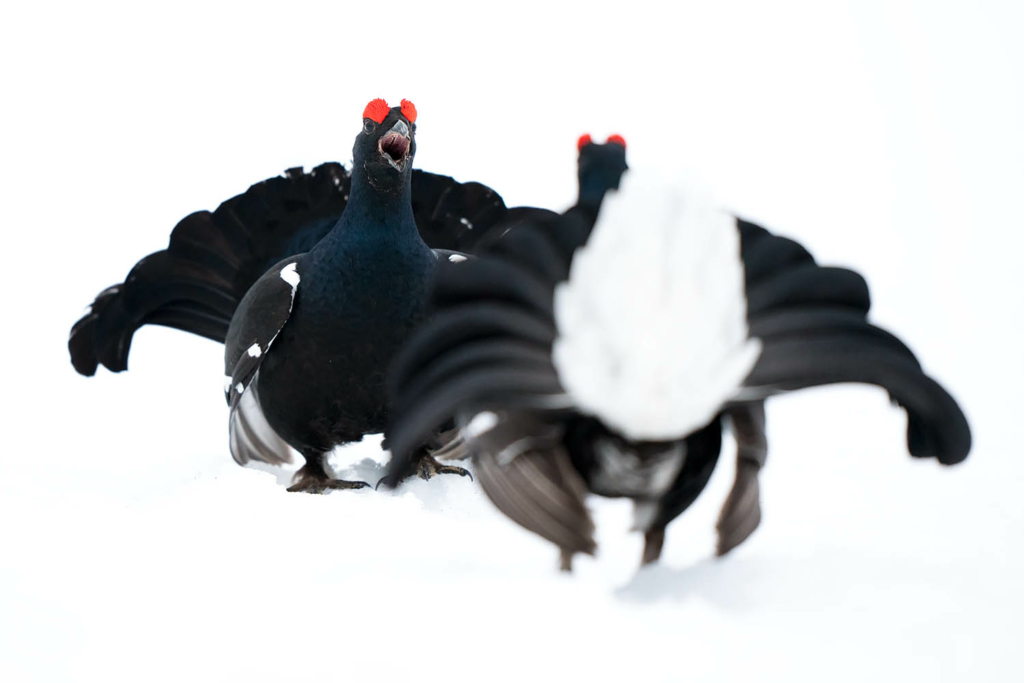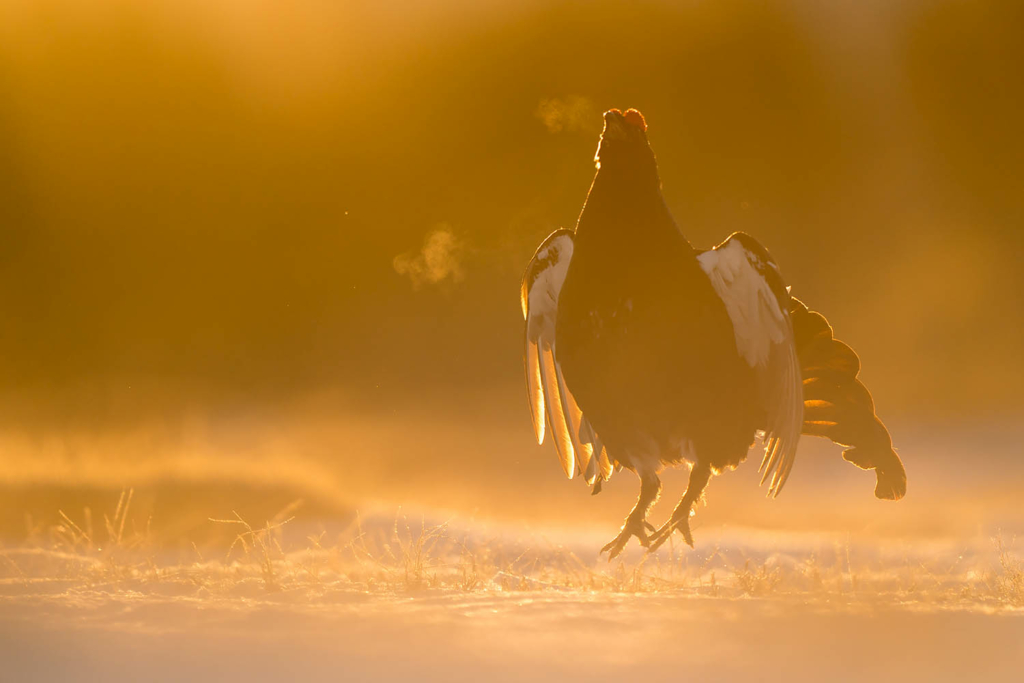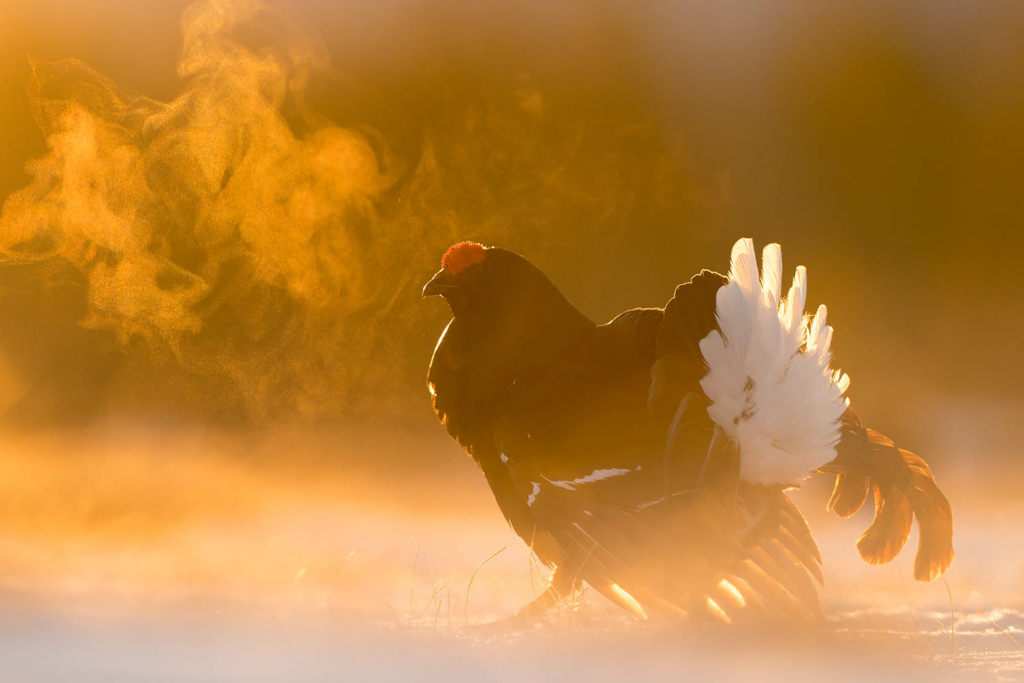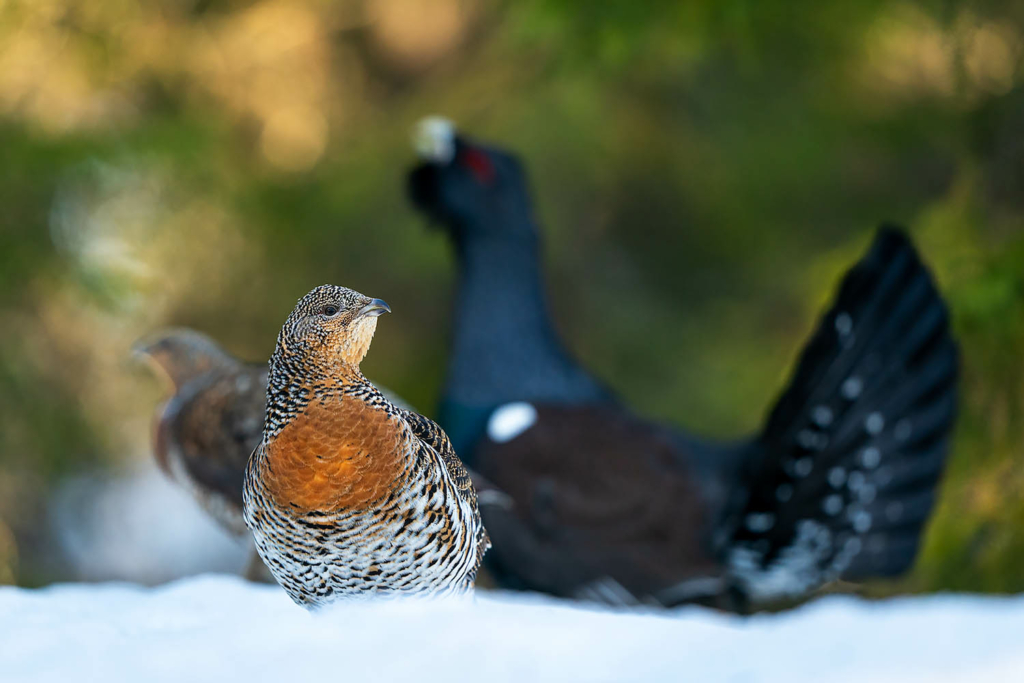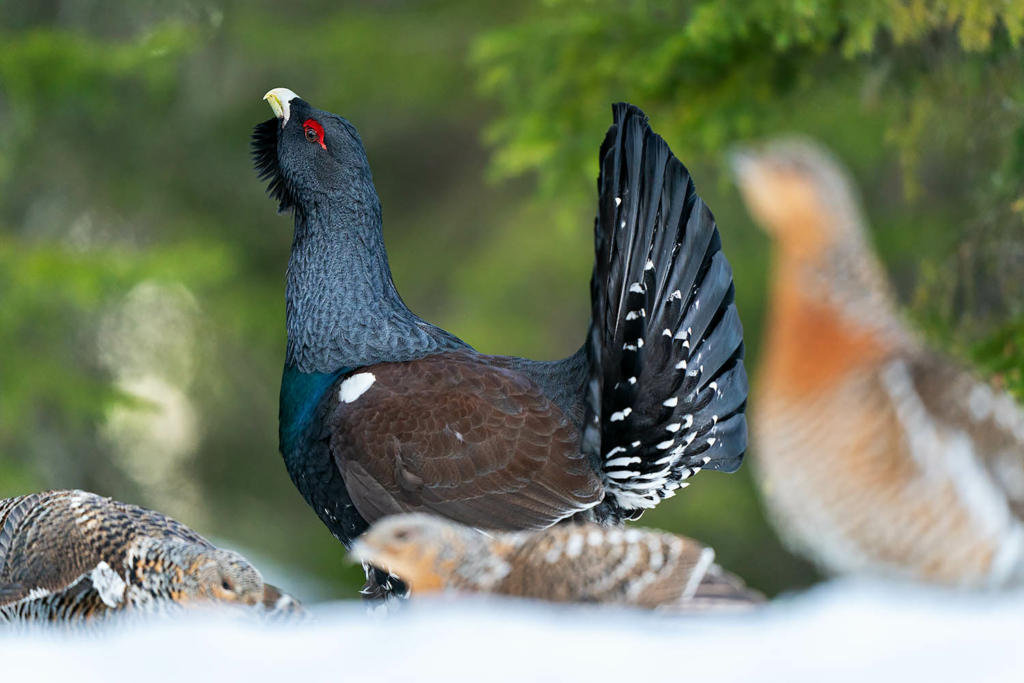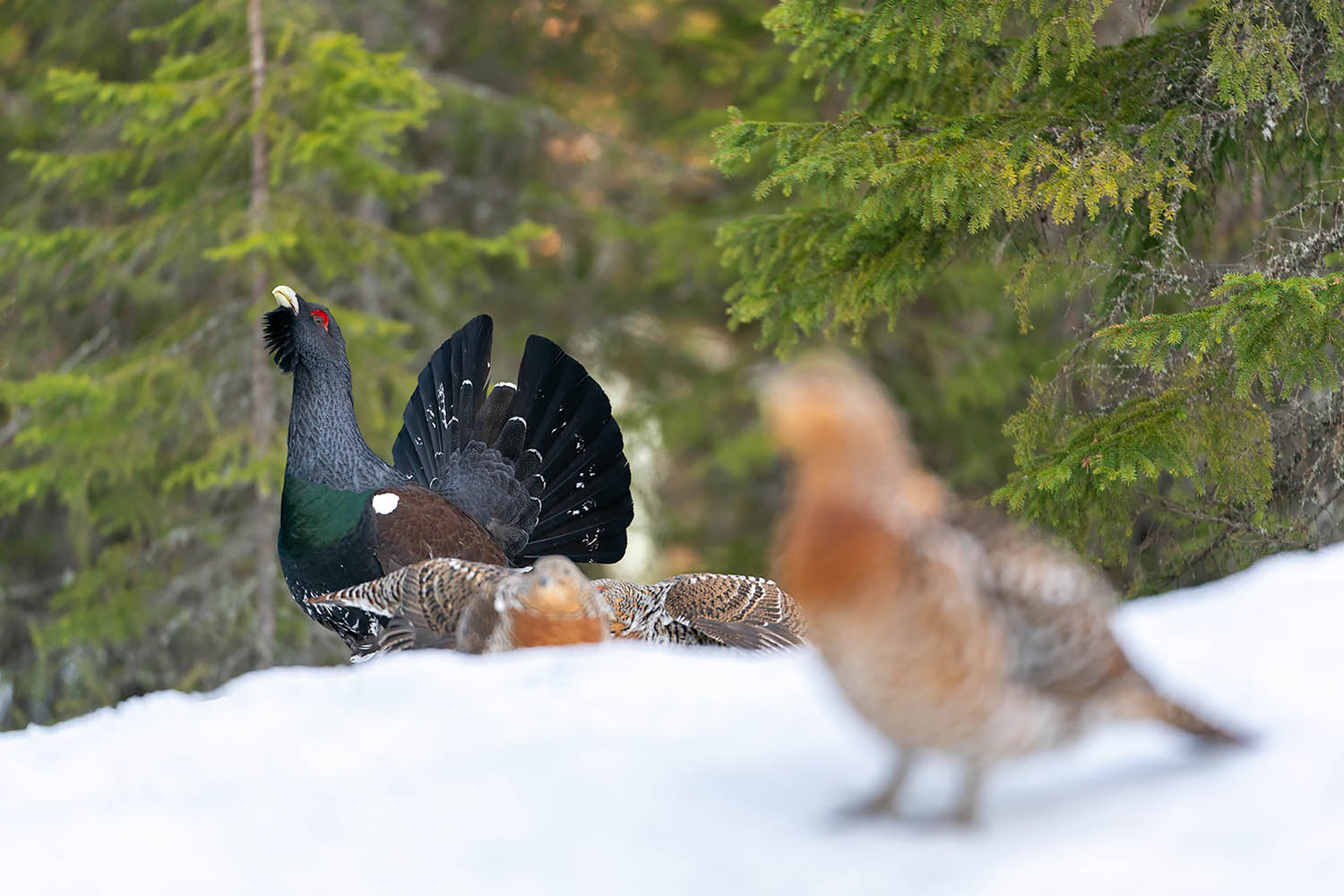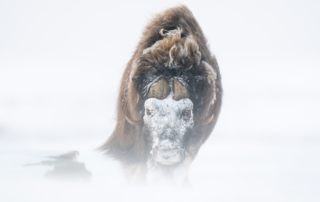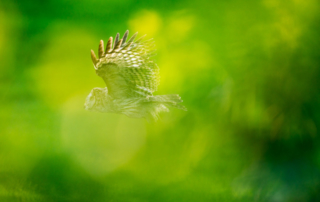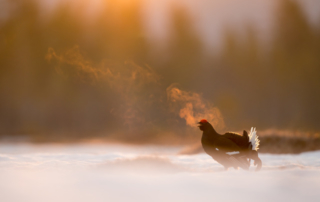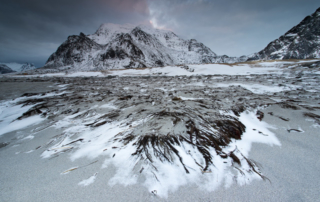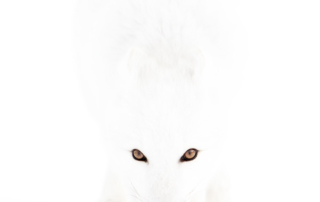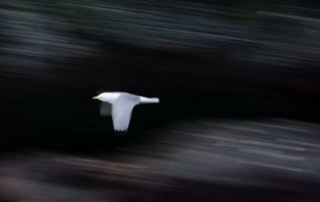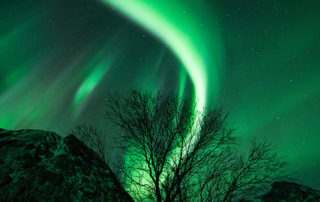Some highlights
- We will be photographing on some really great lek sites for both Black grouse and Capercaillie
- Six nights in hides
- Best time of the lek season
- Only one photographer in each hide
- Good chances of photographing additional wildlife such as Moose, Osprey and if it’s a good year owls
Photograph and experience the impressive courtship display of the black grouse on one of the best lekking sites of the country. The BBC and a Swedish national television channel have used these hides for creating some stunning nature documentaries! The black grouse lekking season is described here in Norway as the biggest adventure of the spring. You also get the chance to photograph the display of the stunning and majestic capercaillie, the shyest of all grouse species. Even though this species is very difficult to get in front of the lens. our lekking site has proven itself year after year. Our hides are spread out over the lekking site, giving plenty of opportunities to photograph the birds in different settings and light directions.
PHOTOGRAPHING BLACK GROUSE
You will be brought to the hides in the late evening. The hides are 2×2 meter, which offers enough space to sleep comfortably. Sleeping mats are provided and warm sleeping bags can be rented on location. You will sleep in the tent until you get woken up by the black grouse arriving on the display area (somewhere between 2:00 and 4:30). The birds will stay in front of the photo tents until somewhere between 8:00 and 10:00. You have to stay in the hides until the guide will pick you up after the birds have left.
PHOTOGRAPHING CAPERCAILLIE
The male capercaillie gather at the display area already in the evening. Here they sit in the trees and keep a close eye on the area. If the birds have not spotted any danger, they will start their display between +/- 02:00 and 04:00. The display normally lasts until around 10:00 but can last all the way until 13:00. The females arrive around 05:00 at the display area and gather in the territory of the most dominant male.
You will be brought to your photo hides between 18:00 and 19:00. Here you will spend the night until you get woken up by the males displaying on the ground. The display is for a large part a vocal play. This means that the males are constantly listening to the sounds coming from the surroundings. It is very important that you are quite! Also sudden movements with the camera can scare them off! To limit the amount of sound and movement, all camera gear is set up in the evening already, before the birds arrive. Additionally, we advise you to bring a thick warm sweater for in the hide. Jackets can make too much noise when moving. The hides are waterproof, so there is no need for a waterproof layer. The sweater will do the job perfectly.
THE HIDES
We work with tents so that we can easily pick the best photo spots. On the black grouse lek, the tents allow you to put your lens at any height between 0 and 80cm above the ground. This will allow you to pick an high angle in order to get the ground as background or an extreme low angle in order to get those intense low angle shots which you need for photographing with back light. Some of the hides are positioned with the rising sun in the back and others are positioned facing towards the sunrise. This is perfect for making those special back light pictures!
On the capercaillie lek we also work with tents. The birds can change where they display on the lek. Therefor it is important to be able to easily move the hides if needed. The tents have enough space to sleep in and can have up to 3 tripods up at the same time. There are in total 9 openings to photograph from, covering almost the complete 360 degrees.
There are no toilets in the hides. You will have to bring a pee bottle with you. For the ladies, we advise to use a “Travel John” urinal.
Other species which can be seen and photographed during the trip
-Moose. On some evenings there is the possibility to look for moose. We will photograph the animals from the car. During these drives, we will have a good chance to also photograph roe deer, crane, mountain hare, black grouse and capercaillie.
-Osprey. Not too far from our accommodation, a pair of ospreys is nesting. From photo tents we will photograph how the pair builds the nest, mates and eat fish.
-Small singing birds. In the backyard of the accommodation are bird feeders which attract several species of small singing birds, such as birch finch, bull finch, green finch and nuthatch.
-Owl species. From year to year there are many owls to be found in the surroundings of our accommodation. In 2015 there were no owls in the area, because the vole population collapsed. In 2013, 2014 and 2018 we photographed the great grey ow, northern hawk owl and the boreal owl in this area. There is no guarantee that there will be any owls in the area, but the chances are good.
GETTING TO THE HIDES
Depending on the amount of snow, it takes about a 15 – 20 minute hike to both leks. To the black grouse lek, we walk through flat terrain. The past few hundred meter can be boggy. High boots are an absolute must in the end of the season. To get to the capercaillie lek, we have to walk slightly uphill. Also here we have to cross a small boggy area. Rubber boots will come in handy in the end of the season.
Itinerary
Day 1 (1/5) (Dinner)
Pick up at Oslo Gardermoen airport. The guide will bring you to your accommodation and will give you a short introduction for the coming days. Dinner is included for this day. In the evening you will be brought to one of the leks where you will spend the night in the hide.
Day 2-6 (2-6/5) (Breakfast – Dinner)
In the early morning you will photograph either the black grouse or the capercaillie. Ideally you will have 3 sessions at each lek. After the lekking is done, you will be picked up by the guide. Back at the accommodation you eat breakfast, back up your images of the morning, catch some sleep or photograph around the accommodation. There are bird feeders next to the apartments and the Rena River is just a few hundred meters away. Here you can find whooper swans, golden eyes, cranes, goosanders and dippers. Dinner is served at 17:00. After dinner it is time to head out again to the capercaillie lek. If the light allows it, the photographers who will go to the black grouse lek, can head out for moose, owls and other wildlife.
Day 7 (7/5) (Breakfast)
You will have the last photo session on one of the leks. After breakfast you will be brought back to Oslo Gardermoen airport for you flight home.
Photographic leader
Floris Smeets, born 1986 in the Netherlands. Living in Norway since 2010. Since 2014, Floris has been working full-time with nature photography, guiding and as a workshop leader.
He has a great passion for guiding and loves to share his knowledge with the participants at workshops.
Floris has a strong focus on the Norwegian nature and especially animals and landscapes. He always works with great respect for animals and nature and thinks it is very important that pictures are taken without disturbing the animals or changing the environment. With his pictures, he not only captures the beauty of nature, but in a way where the pictures tell a story.
Floris is the Sony Europe Imaging Ambassador. His images have been published in a wide range of magazines and exhibitions.
Floris is a licensed guide in Dovrefjell National Park and has many years of experience camping under really challenging winter conditions. Floris speaks English, Norwegian, Dutch and German.
